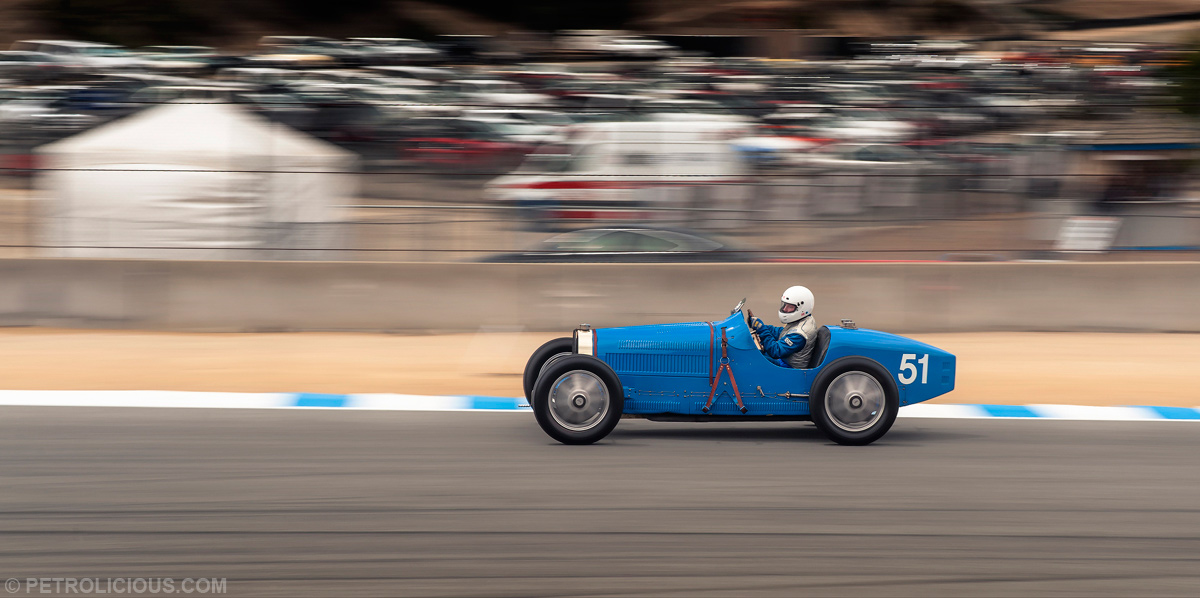





A Colorful History of Racing Hues: An Introduction (1 of 4)
Before the modern age of noisy sponsorship and over-crowded company logos, race tracks were host to a much more subdued and monochromatic breed of racing vehicle. Cars were painted a solid color and the only decoration was an entry number, if that. Much like today’s F1 cars, when Grand Prix racing began most of the machines were quite similar looking and gave both spectators and officials a headache when attempting to distinguish them.
In order to aid in the identification of individual cars and teams it actually became required that team owners paint their vehicles assigned colors. The various sanctioning bodies that eventually became today’s FIA issued the following regulation, “The use of distinctive colors of nationality is compulsory when the supplementary regulations of the competition require it. These colors are determined by the nationality of the competitor.” In other words, cars must be painted the color of the owner’s country. Thus, an Aston Martin fielded by an Italian team would be painted red, even though it was a British-made car.
The original color codes dictated everything from body, numbering, even chassis color! Some countries such as Japan and Spain chose their racing colors based on the national flag. Other nations chose either historically significant colors or just one team owner’s personal preference. As car frames began to disappear underneath streamlined bodywork, the mandated chassis color often became a secondary or highlight color.
This mandated color system ended in 1968 when sponsorship liveries were first allowed in Grand Prix. The Lotus team was the first to jump from British Racing Green to the red and white of Gold Leaf Tobacco. While sponsorships swept the grid and cast aside the old national colors, many teams did hold on to their racing traditions and histories. Ferrari still races in Rosso Corsa (racing red), Audi’s Le Mans dominance has been achieved with silver cars and racer Ayrton Senna painted his helmet the distinctive yellow reserved for Brazilian teams.
National colors have shifted from time to time; for instance, Germany moved from white to silver, America flipped the dominance of their starry blue and white field and Canada took on a more patriotic red and white scheme. These layouts have ironically stabilized now that national colors are more of an informal system rather than a rule. This mixed history and current informality has led to Germany having two national racing colors – both white and silver – and America taking any combination of white and blue. And while once there was no definitive British Racing Green as any emerald shade would do, it has now congealed into the deep green we know and love today.
In the coming weeks we’ll be exploring the interesting origins behind Italian Rosso Corsa, British Racing Green and Germany’s switch from white to silver. Stay tuned and let us know in the comments below what your nation’s racing color is!
Photography by Afshin Behnia, Jonny Shears, Andrew Schneider, and Josh Clason for Petrolicious / Graphic designed by Becca Clason for Petrolicious















